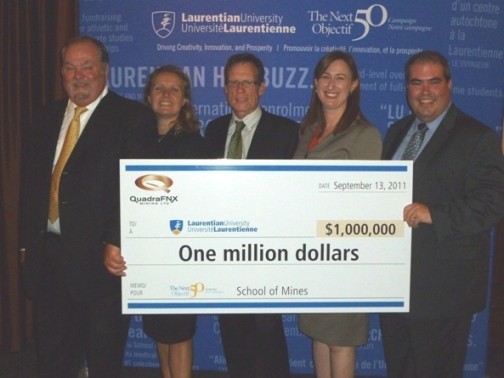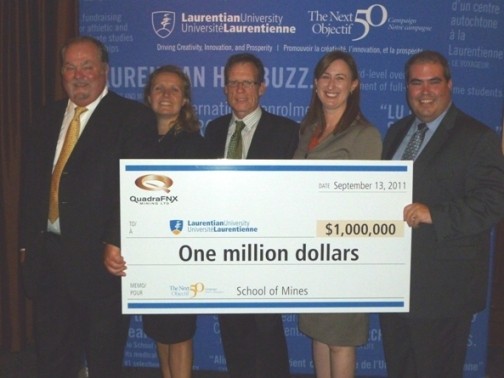[miningmx.com] — THERE is great excitement about a promising new technology which could make deep underground mining possible and ensure the future of South Africa’s gold industry.
Deep underground mines are engineering miracles, but the limitations of the available technology have long been evident to South Africa’s gold industry.
The world’s deepest mine is AngloGold Ashanti’s Mponeng, which extends about 4km underground. To be able to mine much deeper than this, where millions of currently inaccessible – or uneconomic – fine ounces of gold lie, would require a breakthrough.
Significantly, AngloGold was recently the first group to herald such a breakthrough with an apparently large degree of certainty. Within three to five years the group wants to develop machines to replace mineworkers at the stope face.
This target not only involves machines that can do the work of humans at the “coalface”, but also means the end of mining methods in standard use for more than a century.


























